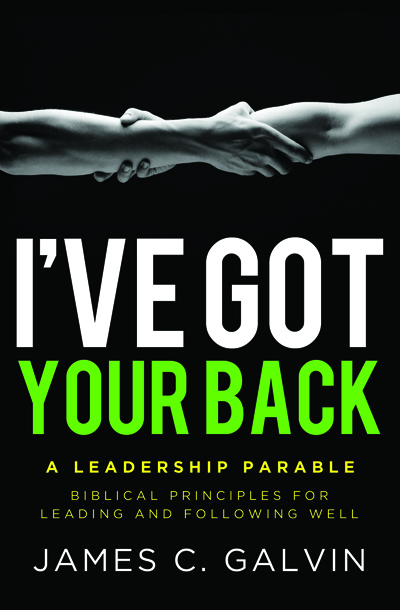What is Your Planning Style?
5.02.2016
Have you ever felt frustrated in a strategic planning meeting because people were struggling to talk together about the future? This is more common than we realize. For example, some people are motivated by setting goals, but most are not.
Just like people have differing leadership styles, recent research has uncovered differing planning styles. These four planning styles explain the frustration we often have when planning together.
Objectives-Oriented Planning
These are the people who easily think years into the future and tend to use results language with specific, measurable targets. They like to set quarterly, annual, and long-range goals for work and personal life. As an example, consider Joseph, who was dragged out of a dungeon and gave Pharaoh a 14-year agricultural strategy off the top of his head (Genesis 41:33).
Domain and Direction Planning
These are long-range thinkers who are good at spotting opportunities and moving into new territory. They don’t need hard targets in order to innovate and advance. Apart from work, they have ideas about new areas they want to explore. In the New Testament, Paul had plans to go to Asia, Rome, and Spain, but moved forward as paths opened up for him (Acts 16:6).
Task-Oriented Planning
These are the people who turn everything into projects. They want to know what “done” looks like and when it is due. They identify the steps and carefully track progress toward the goal. They typically have lists for everything at work and home. When Nehemiah returned to Jerusalem, he gathered the people and divided them into 41 teams to rebuild the wall around the city. He planned an elaborate ceremony to celebrate the completion of this huge project (Nehemiah 12:27).
Present-Oriented Planning
These are the “in the moment” people who are more like EMTs at work. They are calm during a crisis. They intuitively see the next steps in any emergency situation. Their natural planning horizon rarely extends to next week. The apostle Peter may be the poster child for this style. At Pentecost, he was the one who quickly reacted and told everyone, “Hey, these people aren’t drunk, it’s only 9:00 in the morning.” Then he preached a powerful sermon with no notes (Acts 2:15).
Here’s how this can help the next time you have a planning meeting. Some people are more visionary thinkers and others more detailed planners. If you or anyone else on the team is an objectives-oriented planner, you need to be patient with the rest of the team who are not wired that way. As you break down the long-range objectives into goals and projects, others on the team will make their contribution. Present-oriented planners dislike the blue sky conversations, but show them a draft of a strategic plan and they will quickly spot the aspects that won’t work on the ground.
People tend to have a primary style and secondary style. What is your planning style?


